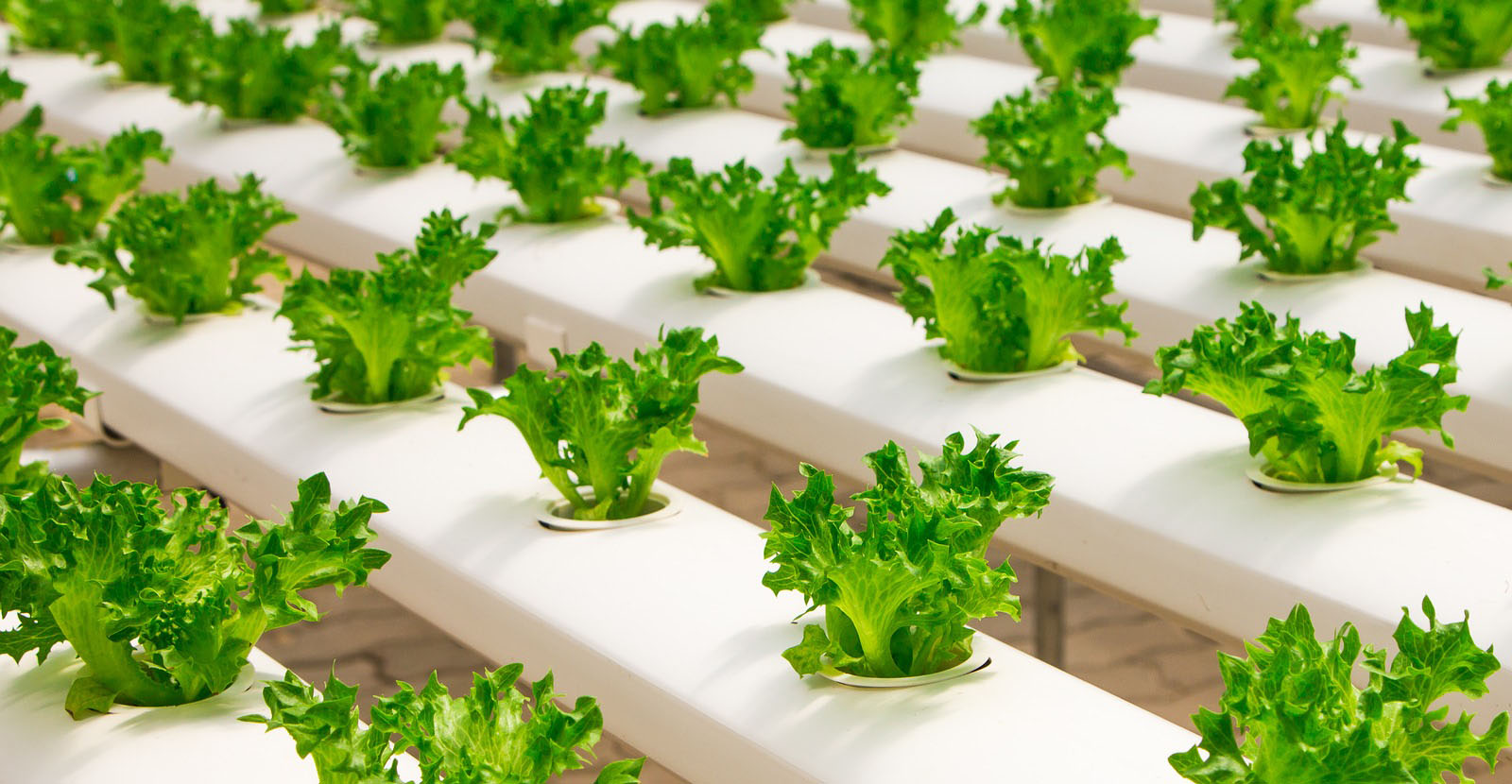Hydroponics
Hydroponics is a type of horticulture and a subset of hydroculture which involves growing plants, usually crops or medicinal plants, without soil, by using water-based mineral nutrient solutions in an artificial environment. Terrestrial or aquatic plants may grow freely with their roots exposed to the nutritious liquid or the roots may be mechanically supported by an inert medium such as perlite, gravel, or other substrates.
Despite inert media, roots can cause changes of the rhizosphere pH and root exudates can affect rhizosphere biology and physiological balance of the nutrient solution when secondary metabolites are produced in plants. Transgenic plants grown hydroponically allow the release of pharmaceutical proteins as part of the root exudate into the hydroponic medium.
The nutrients used in hydroponic systems can come from many different organic or inorganic sources, including fish excrement, duck manure, purchased chemical fertilizers, or artificial standard or hybrid nutrient solutions.
In contrast to field cultivation, plants are commonly grown hydroponically in a greenhouse or contained environment on inert media, adapted to the controlled-environment agriculture (CEA) process. Plants commonly grown hydroponically include tomatoes, peppers, cucumbers, strawberries, lettuces, and cannabis, usually for commercial use, as well as Arabidopsis thaliana, which serves as a model organism in plant science and genetics.
Hydroponics offers many advantages, notably a decrease in water usage in agriculture. To grow 1 kilogram (2.2 lb) of tomatoes using intensive farming methods requires 214 liters (47 imp gal; 57 U.S. gal) of water; using hydroponics, 70 liters (15 imp gal; 18 U.S. gal); and only 20 liters (4.4 imp gal; 5.3 U.S. gal) using aeroponics.
Hydroponic cultures lead to highest biomass and protein production compared to other growth substrates, of plants cultivated in the same environmental conditions and supplied with equal amounts of nutrients.

